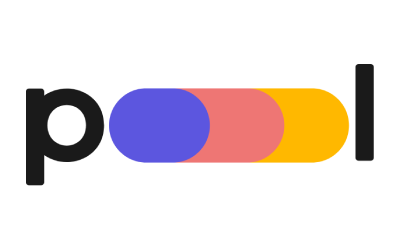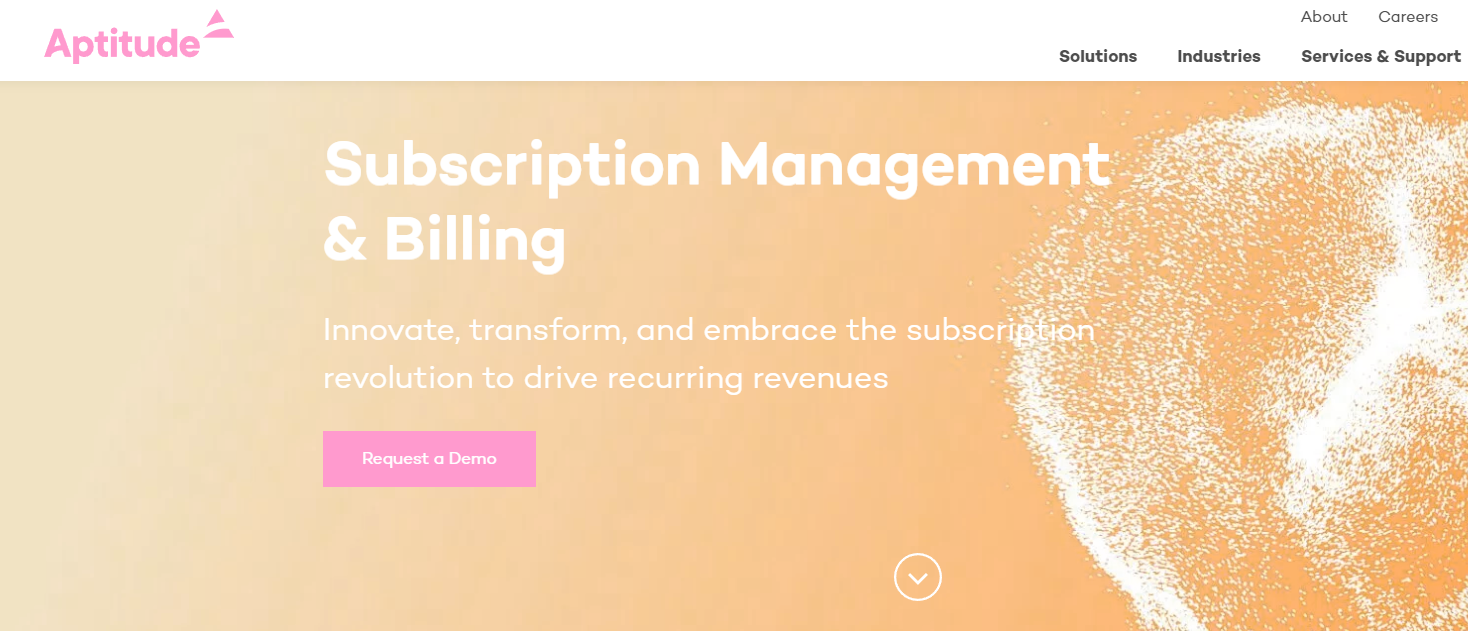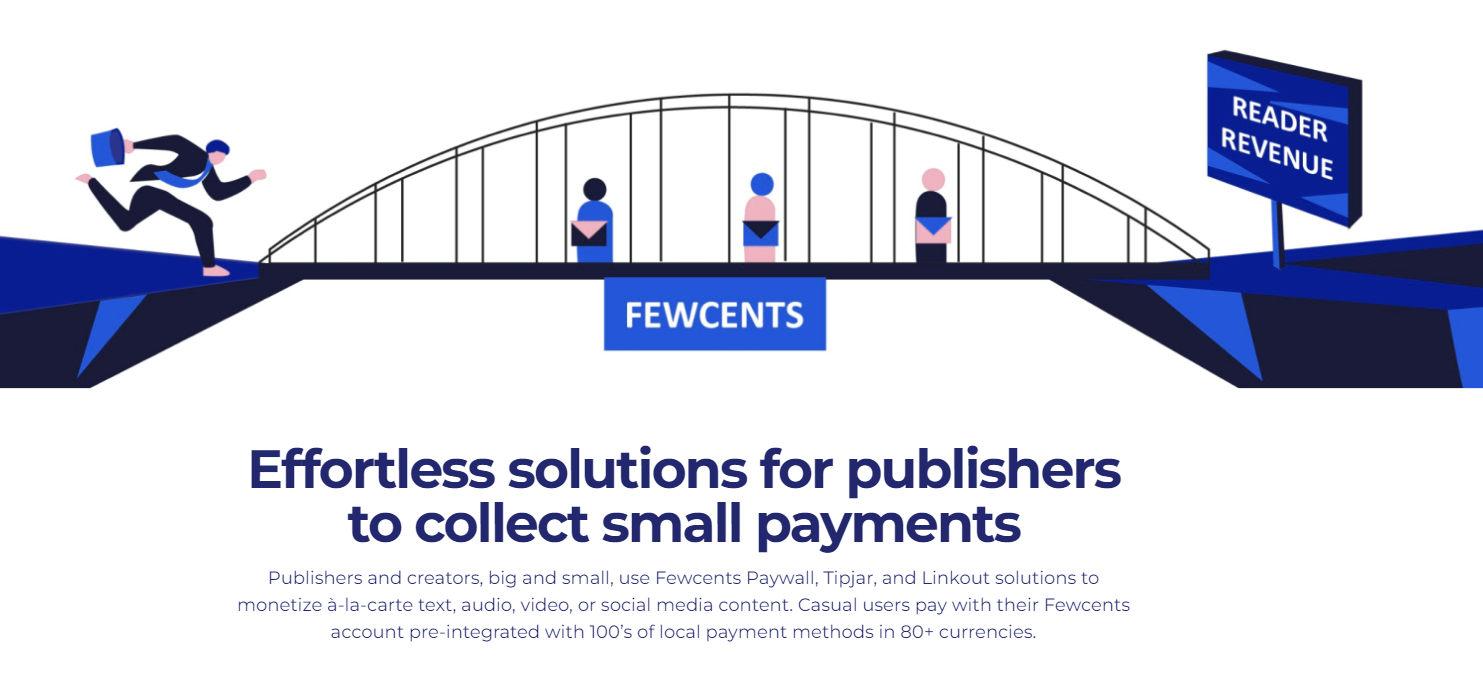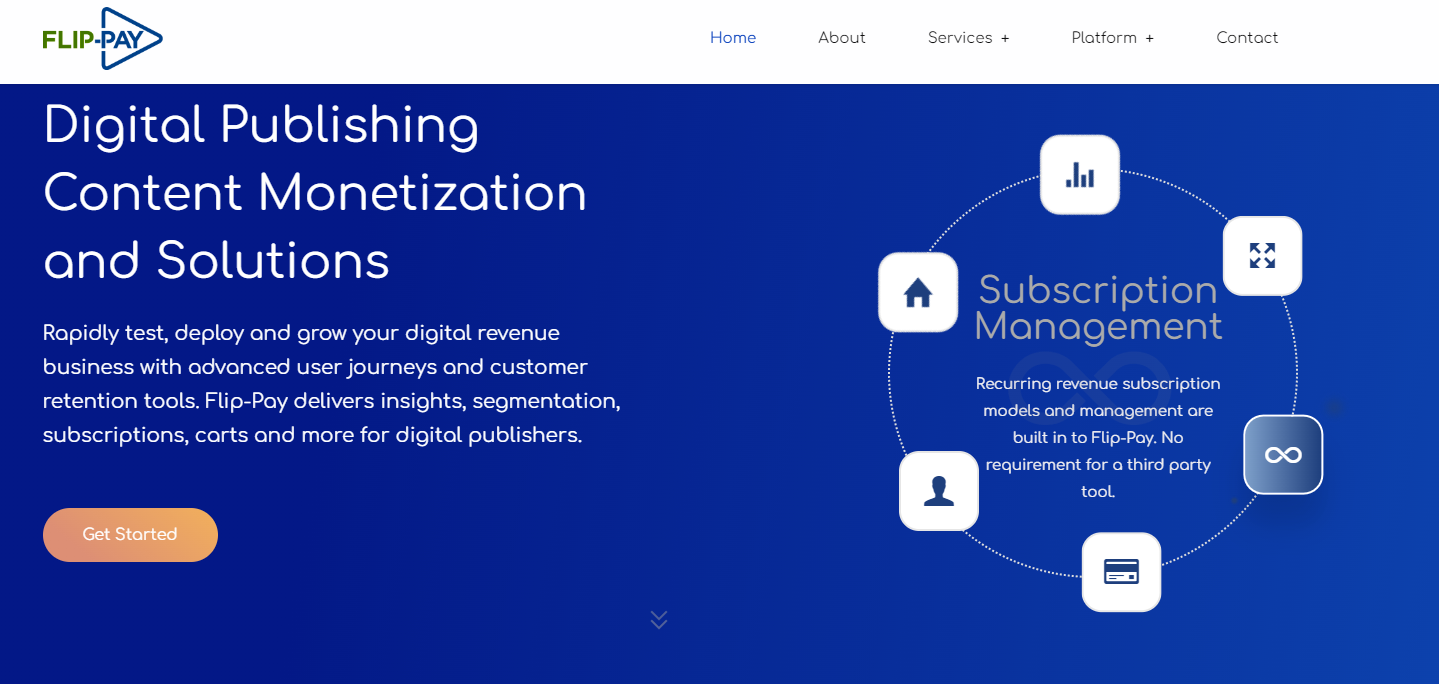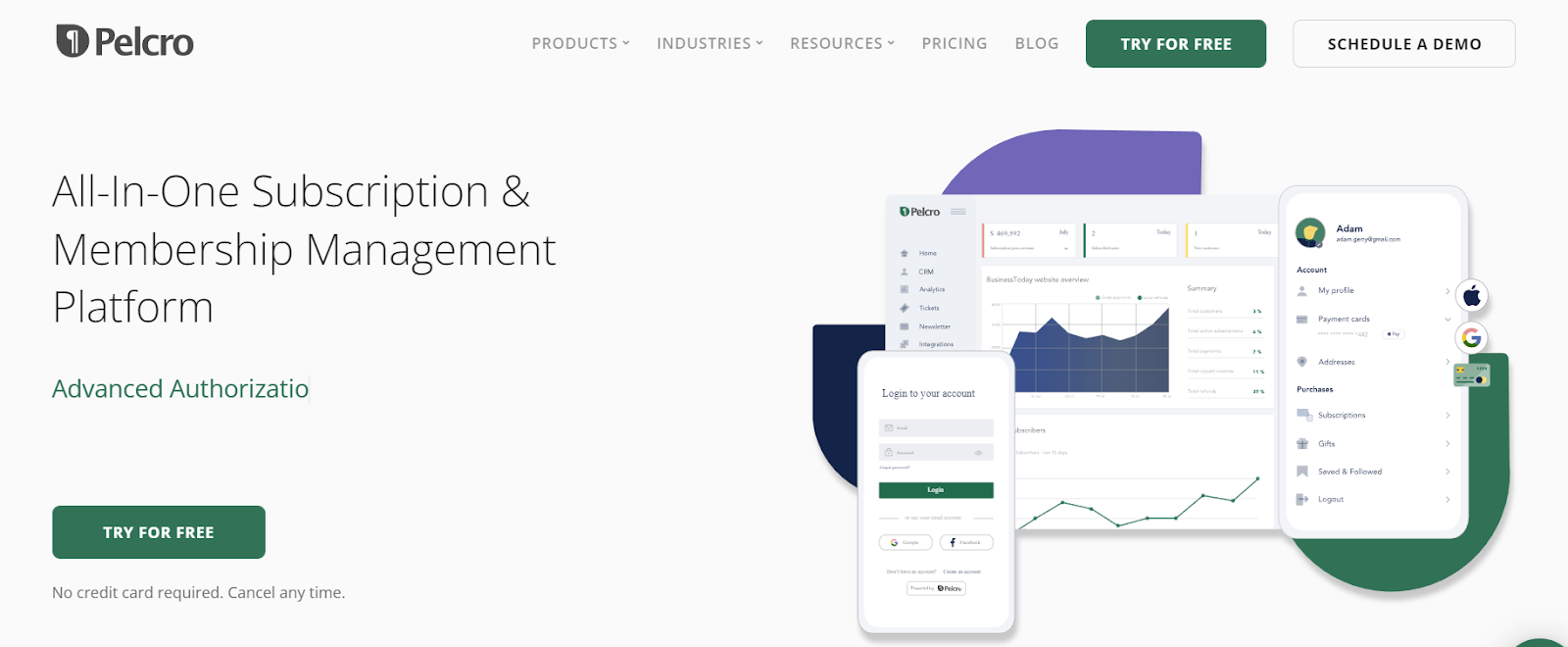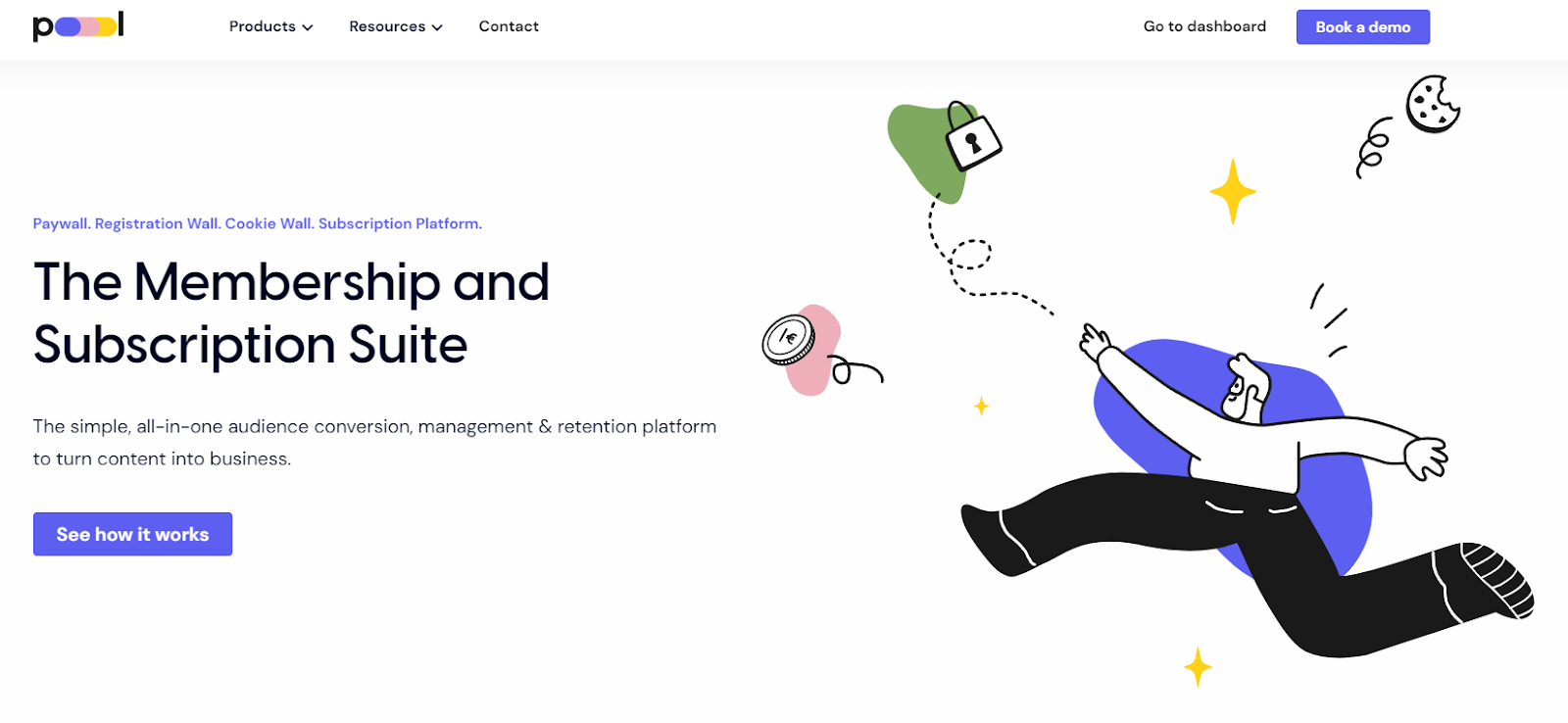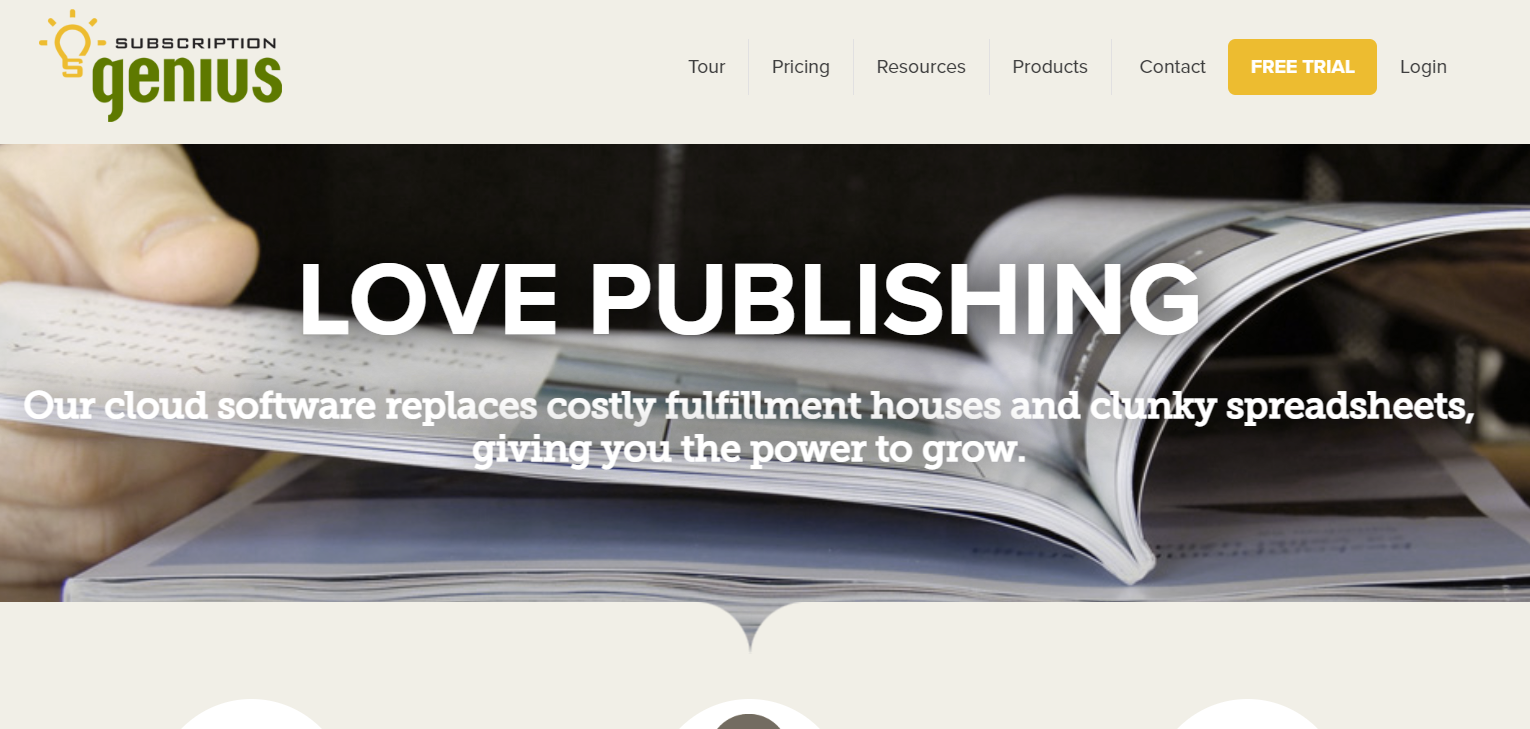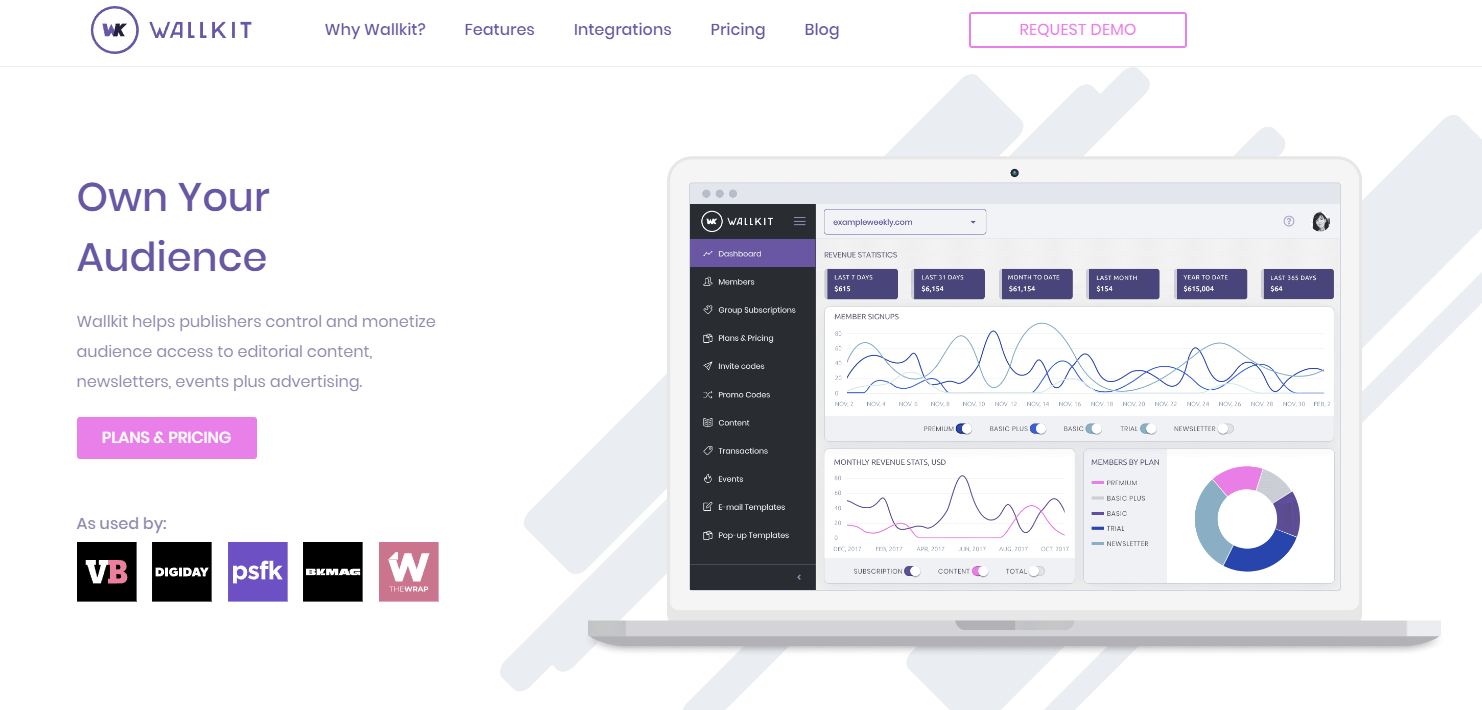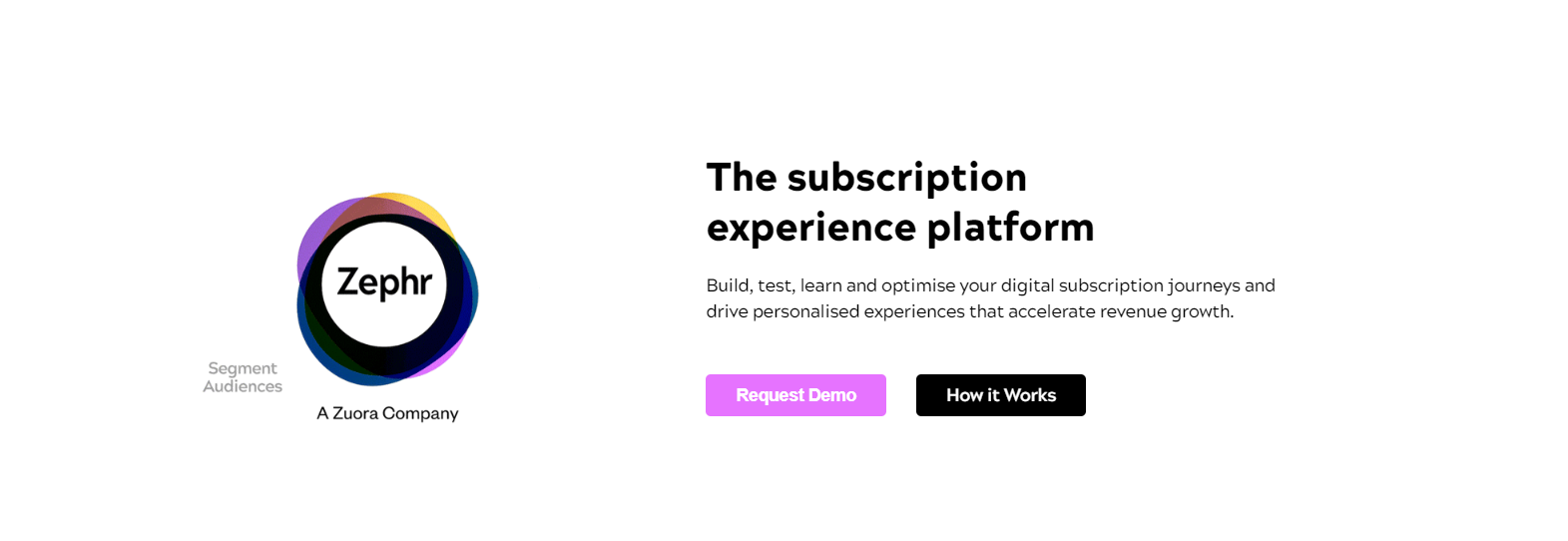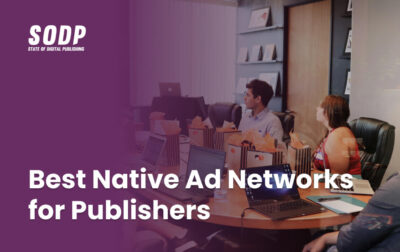Paywalls have become an increasingly important component of digital publishers’ efforts to monetize content.
In 2015-2018, the use of paywalls has on average doubled every single year, until 2019 which saw their use quadruple. Ad revenue dipped in 2020 before surging back the next year, highlighting the unpredictable nature of the revenue model. As such, paywalls provide a valuable alternative stream of revenue for publishers.
For those who don’t have the time or resources for internal development, however, paywall services are a convenient way to add this feature with minimal effort.
Although paywall services are easy to implement, there is still plenty to consider before choosing one, such as whether the service has a decent paywall SEO strategy. Let’s take a closer look at exactly what publishers need to consider before picking a service.
How to Choose a Paywall Management Solution
There are various elements to paywall services that could affect how much they charge and how well it adapts to a particular site.
How They Charge
Not every paywall service makes its money in the same way. Some might ask for a monthly paid subscription, some might charge on a per-customer basis and others still might take a cut of subscriber revenue.
Publishers must consider the scale of their business before choosing a paywall — depending on how many subscribers a publisher has, a revenue share deal may be more costly than a flat fee.
Software Integration Options
One major point to consider is whether the paywall management solution is able to integrate seamlessly into other publishing software. Issues could arise if a publisher’s content management system (CMS) isn’t supported.
Paywall Variety and Customization
Paywall services differ in the types of paywalls they offer. There are a few different types of paywalls, ranging from soft paywalls and hard paywalls to metered paywalls.
Another point to consider is how malleable a paywall is to a publisher’s needs. For example, can a publisher customize a paywall to appear after a certain number of visits to a site? Different monetization strategies work better for different types of users.
Data Gathering and Testing
The best paywall services gather first-party geographical and behavioral data to use in a subscription campaign. If the paywall service also includes A/B testing, then publishers will be able to test and adjust their strategies in real time.
Given all the above considerations, check out our list of the 11 best paywall services for publishers in 2024.
 Edited by Andrew Kemp
Edited by Andrew Kemp 












